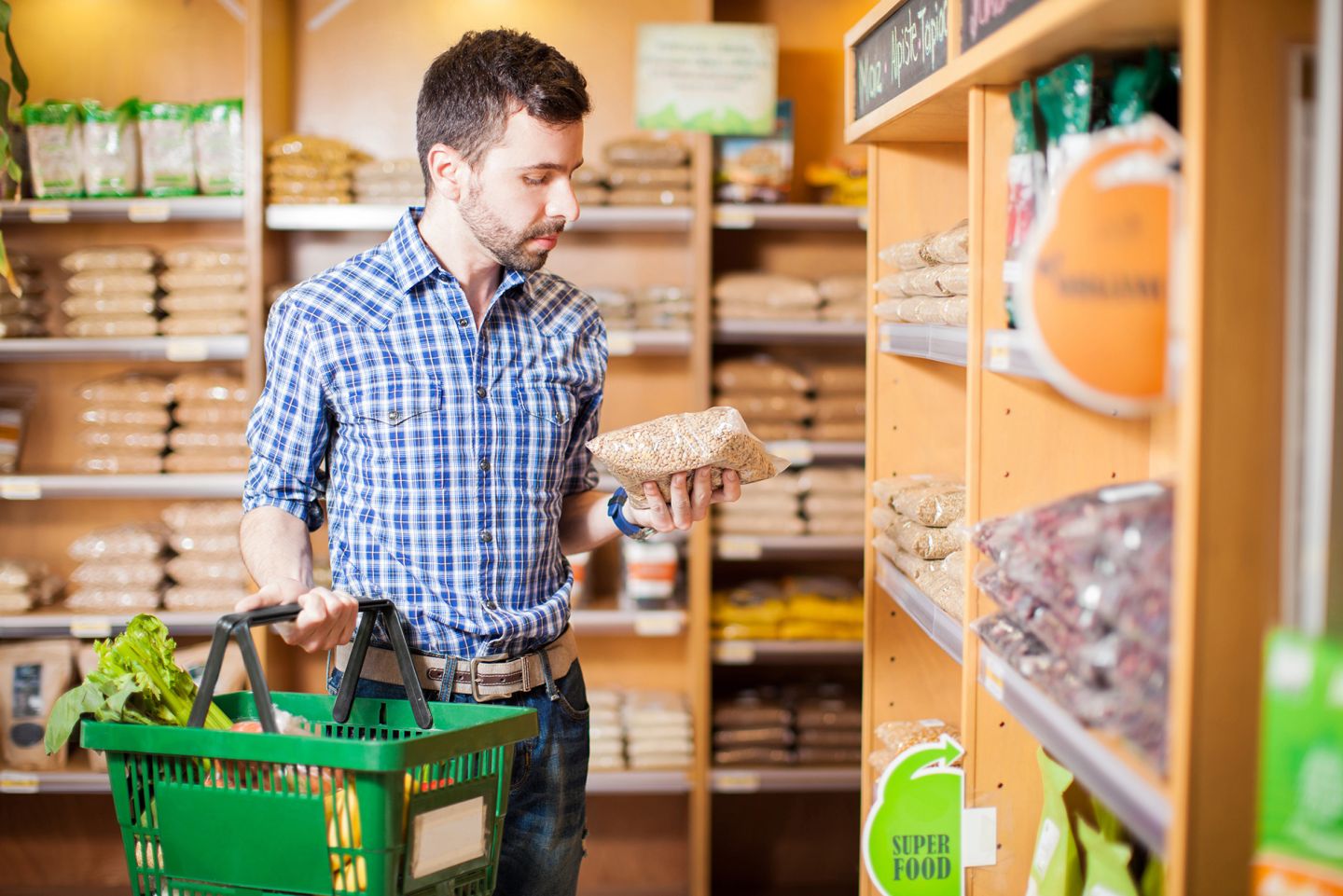As the retail industry has experienced major changes, the grocery industry has sat back with a sigh of relief.
The impact on the grocers’ bottom line was unforeseen in the wake of the ecommerce boom, until now. After all, everyone has to eat, so consumers would always need to shop at grocery stores, right?
The same trends seen in retail consumer buying behavior are bleeding into other industries, and grocery is no different. Consumers now expect innovation and convenience on all levels, from all providers. Whether that’s ordering groceries online – an industry poised to reach $100 billion in less than 10 years, according to Nielsen – offering high quality ready-to-eat meals, or opting for grocery delivery. Many grocers are now starting to rethink their strategy to avoid the same decline seen in the retail industry.
What’s happening to the middle market grocer?
Similar to the retail industry, there is a growing trend toward discount brands and specialty, high-end, items, leaving many middle market retailers and grocers at the bottom of the produce bin.
Discount grocery imports Lidl and Aldi are starting to make waves in the U.S. as they open thousands of stores nationwide this year. The demand for fresh foods has led to growth for brands like Sprouts Farmers Market and The Fresh Market, and others are taking note. Online retail juggernaut Amazon is trying to increase their market potential in the grocery space, as seen with its recent acquisition of specialty grocer Whole Foods Market. And, brick-and-mortar veteran, Walmart is not far behind as they work to integrate their acquisition of Jet.com into the grocery mix.
Technology in the supermarket
Amazon will likely bring new technology unseen in the past to the grocery industry, feeding consumer demand for the same convenience already delivered from the online leader. They are also anticipated to drive down the costs of goods, forcing grocers to rapidly innovate to stay competitive, or risk slimming margins.
Grocers won’t be the only ones impacted by this change. As consumers have spawned the rise of the grocerant, the accessibility of convenient food and ready-to-eat meals delivered direct to your door will eat into restaurant share of stomach, as well.
Stay Competitive with Analytics
Consumer facing businesses, no matter what industry, must adapt to changing consumer preferences to survive. Here are a few ways analytics can help you increase your market growth rate no matter who you serve:
- Get to know all of your competitors. Grocers may be losing market share to other direct competitors, but changes in the way shoppers buy and consume food present a whole new opportunity. Don’t ignore nearby restaurants or specialty food stores when selecting sites.
- Know your market potential. Considering expansion? Make sure you know how many locations any specific market can accommodate before opening a new site. Conducting a market potential analysis can help you identify hot spots for new stores. Also, pay attention to nearby tenants at your potential sites. Are they following an outdated plan? Or are they on the road to success with experiential retail?
- Rightsize your network. Large format stores may no longer be needed to fulfill the buying trends of customers. Rightsizing your footprint to maximize sales per square foot may be a better long-term option.
- Create an omnichannel experience. The integration of digital and physical shopping is key to creating an inviting customer experience. Start by building customer profiles to better understand their buying behavior. Turn insight into action with analytics and create a seamless omnichannel experience based on their preferences.
Uncover Hidden Potential With Analytics
Read our white paper to learn how to uncover hidden potential with analytics.


